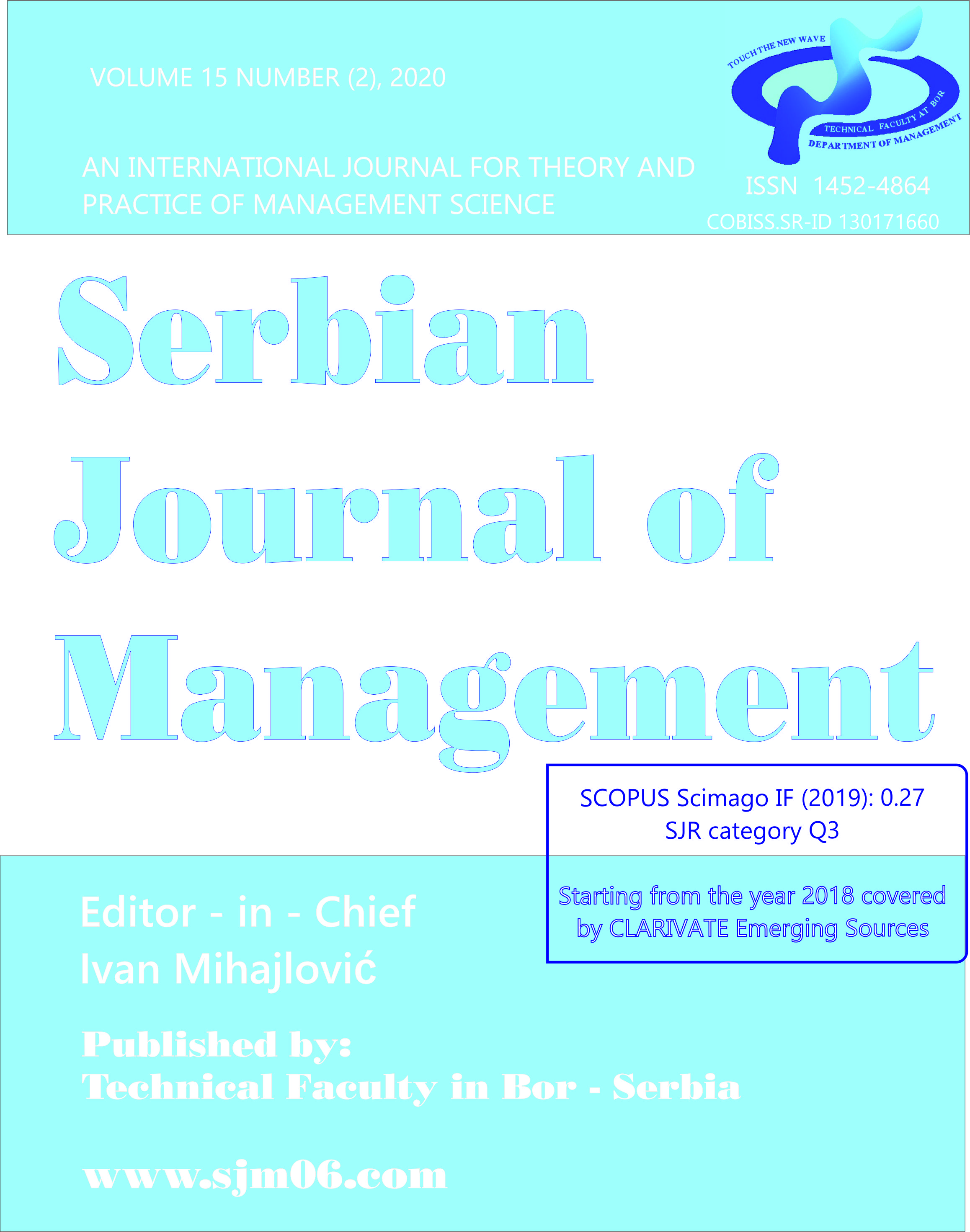A review on optimization methods applied to energy management system
Abstract
Energy is fundamental in supporting people’s daily subsists and the continual mission for human life improvement. The computer-aided instruments system used by electric utility grids or microgrids operators to control, monitor, and optimize the power system operation is generally named Energy Management System (EMS). The topic of optimization methods applied to decision making problems in such system is a difficult and complex combination of mathematical formulation, modeling and algorithmic solution. The best result in such process is applied to the problem to be optimized, which must be studied in great depth. Furthermore, difficult mathematical calculations and procedures can be elaborated; also, computer knowledge and software engineering competences must be provided. The subject of this paper is an overview of the existing important optimization methods used in electric power management system such as unit commitment, optimal power flow and economic dispatch.
References
Ambrus-Somogyi, K. (2012). Mathematical programming in the engineering education. IEEE 10th Jubilee International Symposium on Intelligent Systems and Informatics, Subotica, Serbia, 445 – 450.
Bacher, R. (2002). Optimization of Lineralized Electric Power Systems, html, http://www.eus.ee.ethz.ch/people/bacher.
Cheney, W., & Kincaid D. (2012). Numerical Mathematics and computing, 7th Revised ed. New York, US: Wadsworth Publishing Co Inc.
Ding, X., Wang, X., & Song, Y.H. (2004). Interior point cutting plane method for optimal power flow. IMA Journal of Management Mathematics, 15(4), 355-368.
Luc, D.T. (2015). Multiobjective Linear Programming: An Introduction. Springer.
Mathworks. (2018). The Help document of Optimization Toolbox, included in MATLAB R2018b, help, html, http:// www.mathwork.com.
Michael, J.B. (2017). Quadratic Programming with Computer Programs. 1st Edition, Chapman and Hall/CRC.
Nemhauser, G.L., Rinnooy Kan, A.H.G., & Todd, M.J. (1989). Optimization. Handbooks in operations research and management science, 1st Edition, North-Holland: Elsevier Science.
Quintana, V.H., Torres, G.L., & Palomo J.M. (2000). Interior-Point Methods and Their Applications to Power Systems: A Classification of Publications and Software Codes. IEEE Trans. on Power Systems, 15 (1), 170-176.
Ramos de Souza, R., Balbo, A.R., Nepomuceno, L., Baptista, E.C., Soler, E.M. & Pinheiro, R.B.N. (2017). A primal-dual interior/exterior point method, with combined directions and quadratic test in reactive optimal power flow problems. IEEE Latin America Transactions, 15 (8), 1413-1421.
Wang, H., Murillo-Sanchez, C.E., Zimmerman, R.D., & Thomas, R.J. (2007). On Computational Issues of Market-Based Optimal Power Flow. IEEE Transactions on Power Systems, 22 (3), 1185-1193.
Wu, L., & Shahidehpour, M. Security (2016). Constrained Unit Commitment with Uncertainties. Power Grid Operation in a Market Environment: Economic Efficiency and Risk Mitigation, 115-168.
El-Hawary, M.E., Christensen, G.S. (1979). Optimal Economic Operation of Electric Power Systems. New York, US: Academic Press.
Momoh, J.A. (2001). Electric Power System Applications of Optimization. New York, US: Marcel Dekker.
Zhu, J. (2015), Optimization of power system operation, Second Edition. New Jersey, US: John Wiley & Sons.
The Author wishes to submit the Work to SJM for publication. To enable SJM to publish the Work and to give effect to the parties’ intention set forth herein, they have agreed to cede the first right to publication and republication in the SJM Journal.
Cession
The Author hereby cedes to SJM, who accepts the cession, to the copyright in and to the paper.
The purpose of the cession is to enable SJM to publish the Work, as first publisher world-wide, and for republication in the SJM Journal, and to grant the right to others to publish the Work world-wide, for so long as such copyright subsists;
SJM shall be entitled to edit the work before publication, as it deems fit, subject to the Authors approval
The Author warrants to SJM that:
- the Author is the owner of the copyright in the Work, whether as author or as reassigned from the Author’s employee and that the Author is entitled to cede the copyright to SJM;
- the paper (or any of its part) is not submitted or accepted for publication in any other Journal;
- the Work is an original work created by the Author;
- the Author has not transferred, ceded, or assigned the copyright, or any part thereof, to any third party; or granted any third party a licence or other right to the copyright, which may affect or detract from the rights granted to SJM in terms of this agreement.
The Author hereby indemnifies the SJM as a body and its individual members, to the fullest extent permitted in law, against all or any claims which may arise consequent to the warranties set forth.
No monetary consideration shall be payable by SJM to the Author for the cession, but SJM shall clearly identify the Author as having produced the Work and ensure that due recognition is given to the Author in any publication of the Work.
Should SJM, in its sole discretion, elect not to publish the Work within 1 year after the date of this agreement, the cession shall lapse and be of no further effect. In such event the copyright shall revert to the Author and SJM shall not publish the Work, or any part thereof, without the Author’s prior written consent.

